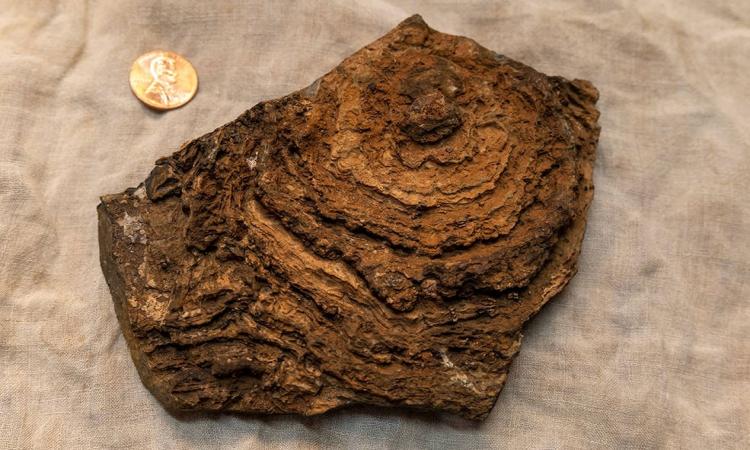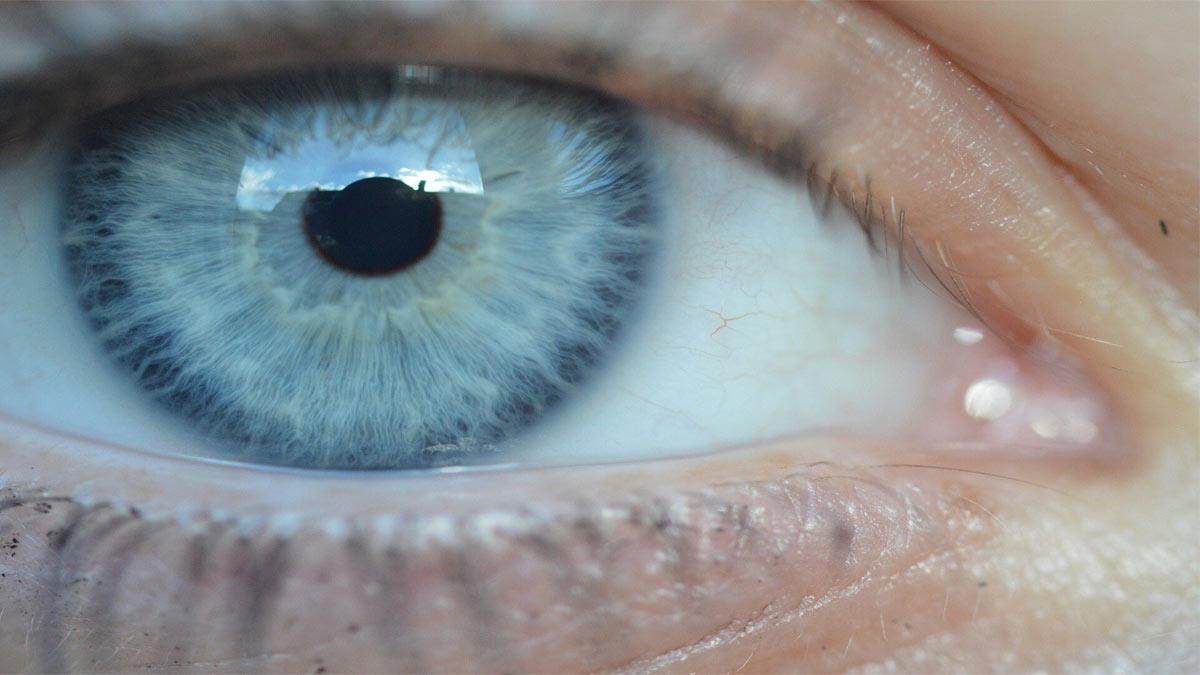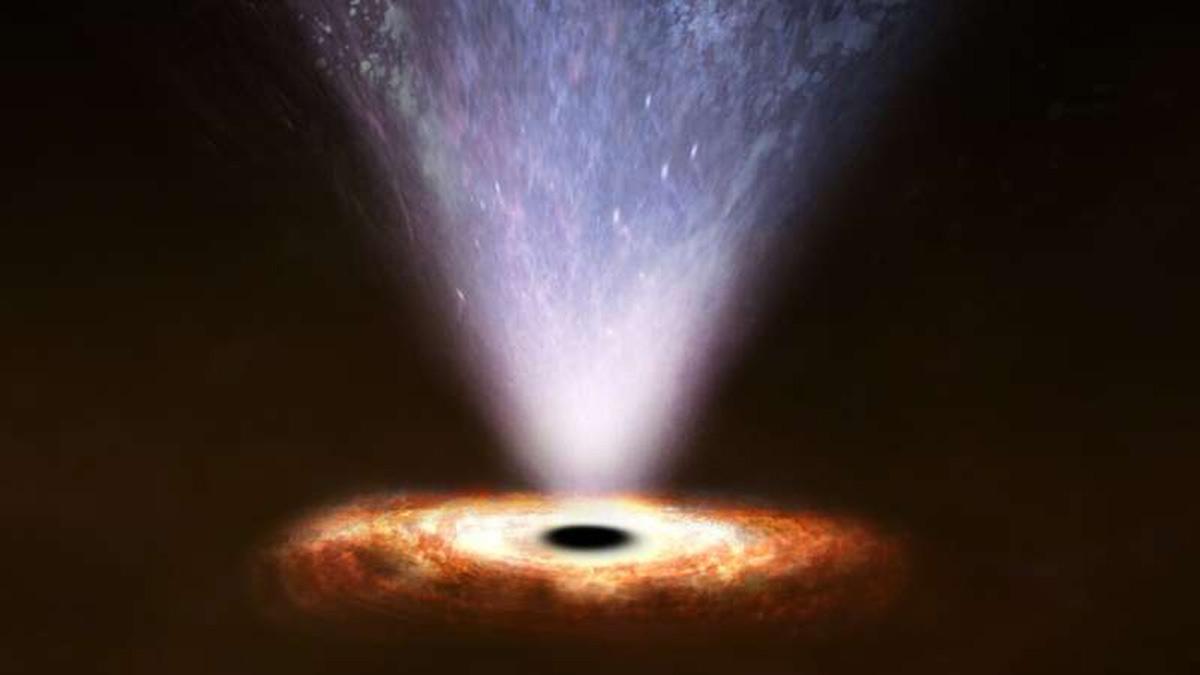NASA's Mars 2020 Perseverance rover, which is slated to touch down in Jezero Crater at around 3.55 p.m. EST on Thursday (2.25 a.m. Friday India time) is tasked with searching for telltale signs that microbial life may have lived on Mars billions of years ago.
It will collect rock core samples in metal tubes, and future missions would return these samples to Earth for deeper study, NASA said.
"To quote Carl Sagan," said Gentry Lee, Chief Engineer for the Planetary Science Directorate at NASA's Jet Propulsion Laboratory.
"'Extraordinary claims require extraordinary evidence, and the discovery that life existed elsewhere in the universe would certainly be extraordinary,'" Lee said in a statement, while quoting the American astronomer.
Mars 2020 mission scientists believe that Jezero Crater, the landing site for Perseverance, could be home to such evidence.
They know that 3.5 billion years ago, Jezero was the site of a large lake, complete with its own river delta.
They believe that while the water may be long gone, somewhere within the 45-kilometre-wide crater, or perhaps along its 610-metre-tall rim, biosignatures -- evidence that life once existed there -- could be waiting.
"We expect the best places to look for biosignatures would be in Jezero's lake bed or in shoreline sediments that could be encrusted with carbonate minerals, which are especially good at preserving certain kinds of fossilized life on Earth," said Ken Williford, Deputy Project Scientist for the Mars 2020 Perseverance rover mission at JPL.
"But as we search for evidence of ancient microbes on an ancient alien world, it's important to keep an open mind."
Any hunt for biosignatures will include the rover's suite of cameras, especially Mastcam-Z - located on the rover's mast -- which can zoom in to inspect scientifically interesting targets.
The mission's science team can task Perseverance's SuperCam instrument -- also on the mast -- to fire a laser at a promising target, generating a small plasma cloud that can be analysed to help determine its chemical composition.
If those data are intriguing enough, the team could command the rover's robotic arm to go in for a closer look.
An enduring hope of the science team is to find a surface feature that couldn't be attributed to anything other than ancient microbial life.
One such feature could be something like a stromatolite, NASA said.
On Earth, stromatolites are wavy, rocky mounds formed long ago by microbial life along ancient shorelines and in other environments where metabolic energy and water were plentiful.
Such a conspicuous feature would be difficult to chalk up to geologic processes.


















